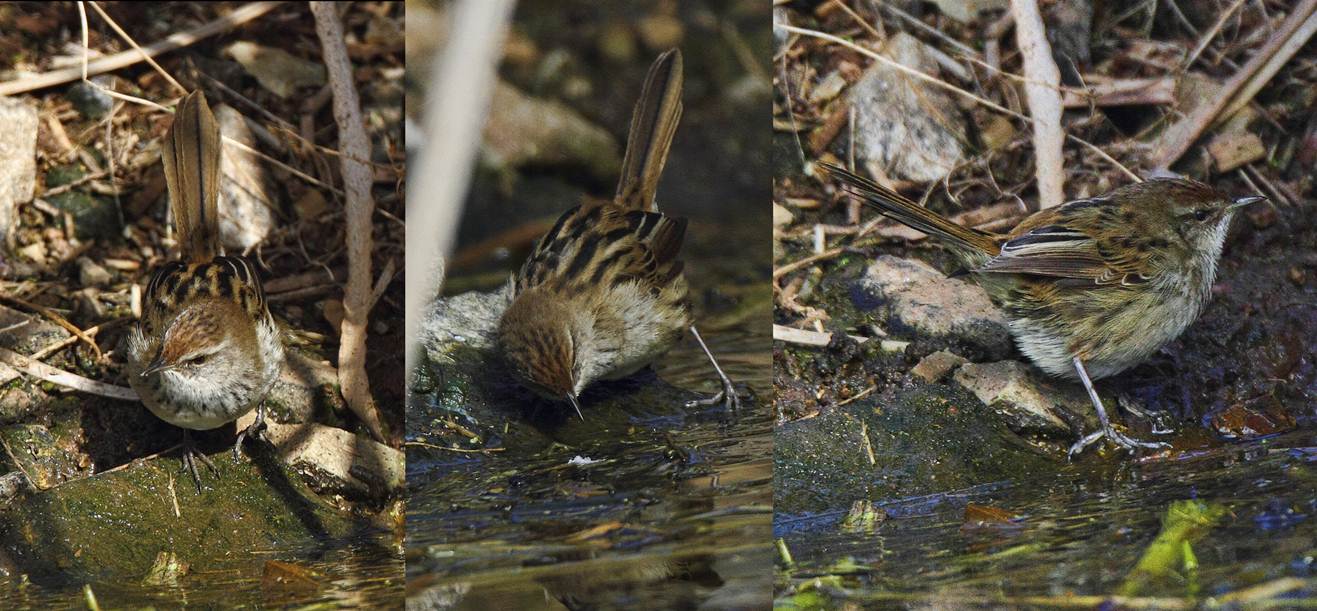Chris as mentioned earlier these are not on the select list. I see that the COG atlas describes the species as resident, although Griffioen & Clarke in that 2002 study found evidence of NW migration in bird atlas and count data, leading HANZAB to suggest those data might have been influenced by the species being inconspicuous during the non-breeding season. For myself, I have heard the odd faint call, sometimes incomplete, around Kelly Swamp and the FSP over this Winter period. This morning I saw one at FSP (below), which prompts me to report that the dry remnant typha there, particularly after the burn, makes it easier to get a glimpse of these furtive chaps than when they are nesting in the rampant growth. I also saw a Spotless Crake while waiting for this one to make one of its brief showings. This was in the SE corner of what I think we should still call pond 6 - under the system proposed many years ago by Bob Rusk. I notice that the Eremaea list advocates use of the ACTEWAGL system under which pond 6 would be 1a, 1b or 2a, but I do not know which as the pdf file to which one is referred is unreachable by someone with my limited technological skills. In any case, I doubt it has any claim to nomenclatural priority by reason of earlier publication.

From: Chris Davey [
Sent: Wednesday, 18 July 2012 8:53 PM
To: Geoffrey Dabb
Subject: re: Little Grassbirds
Geoffrey,
Are you interested in Little Grassbirds for your winter survey? At least three calling at the Jerrabomberra Wetlands this morning.
Chris

